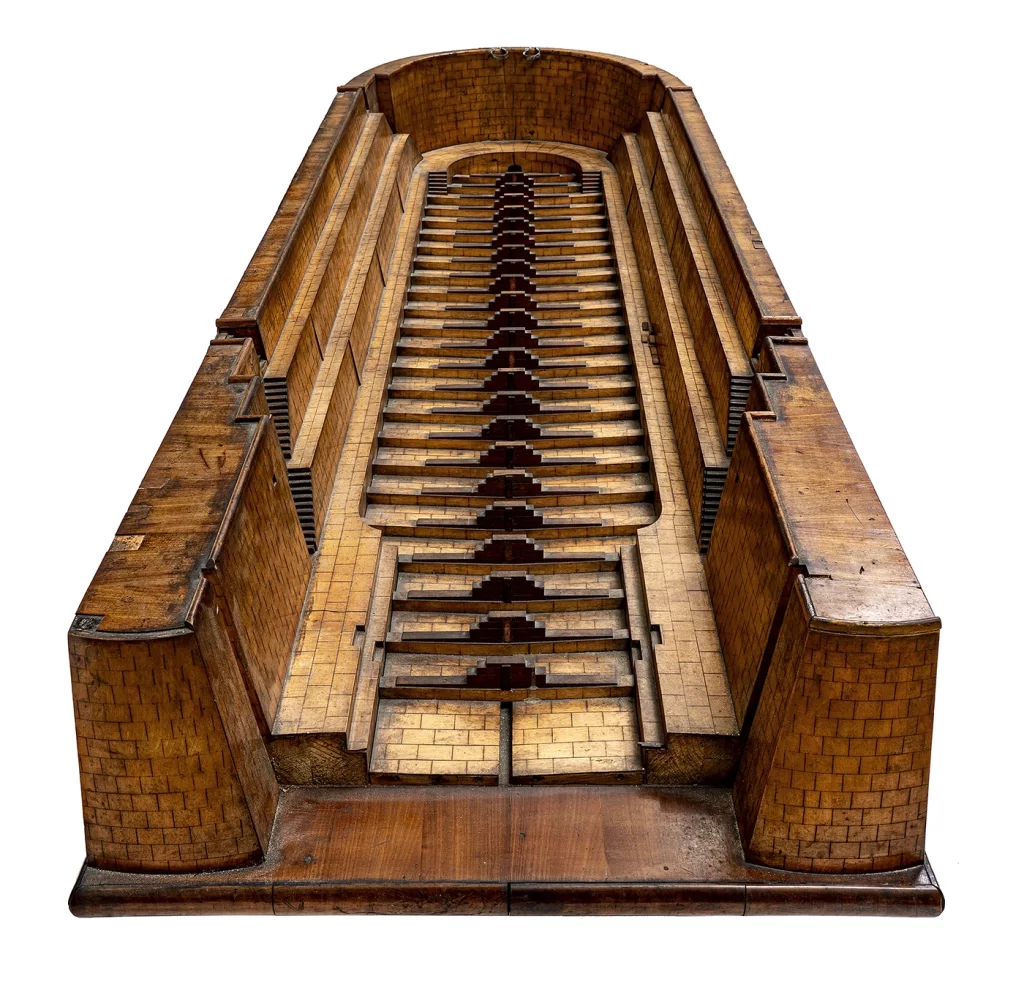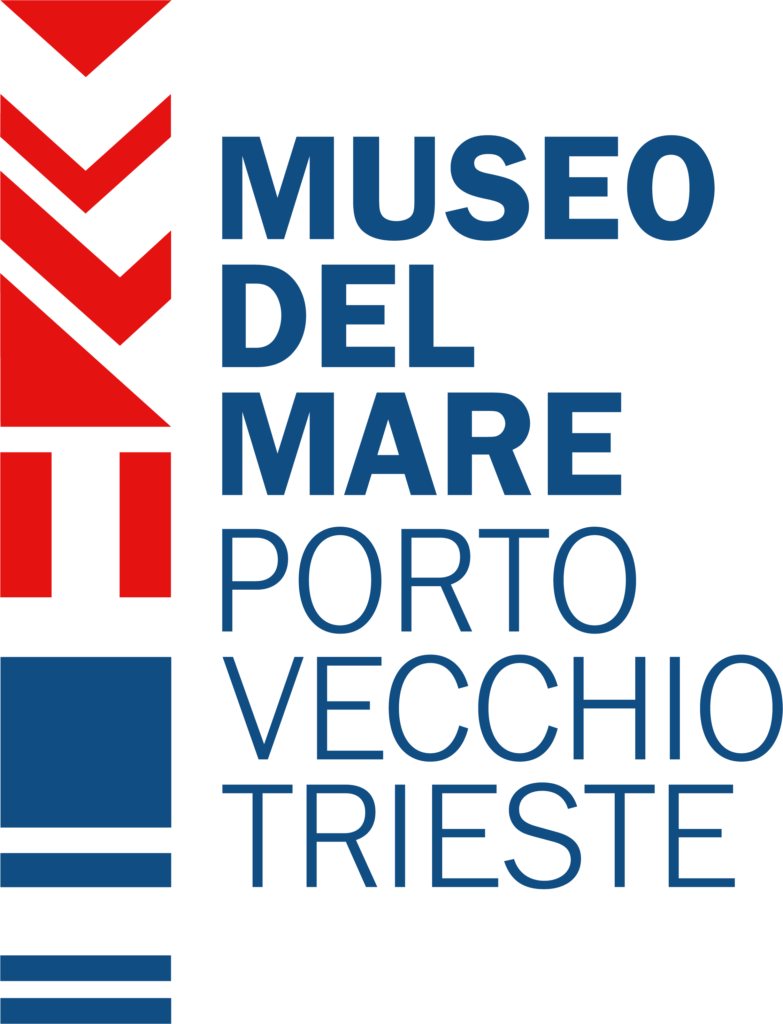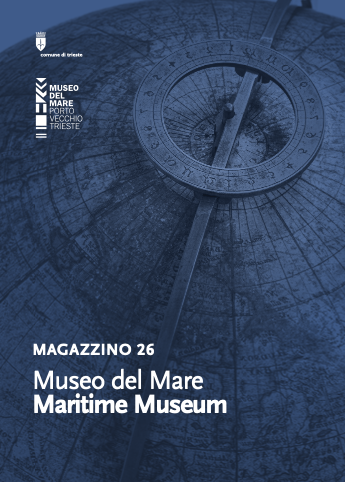The shipyards of 19th Century Trieste
Until the beginning of the 18th century Trieste had only modest shipyards, but the rapid growth of maritime activity created a need for larger ones.
The main figure driving development was Odorico Panfilli, who managed the Confraternita di San Nicolò shipyard in the late eighteenth century. In 1788 he opened his own shipyard, the first in Trieste to launch a steamship.
Workshops and foundries were set up in the city to meet the new needs of shipping companies arising from mechanical propulsion. In 1840 Gaspare Tonello’s San Marco shipyard was founded, the first example of an industrial approach to construction. In 1853 Lloyd founded its own shipyard and in 1857 Cantiere San Rocco was founded in Muggia, merging later with Fabbrica Macchine Sant’Andrea to form the Stabilimento Tecnico Triestino.
These shipyards employed thousands of workers and built some of the largest and most powerful commercial and military ships of, first the Habsburg Empire, and later the Italian state. Their construction work was supported by careful and up-to-date planning techniques involving the creation of detailed design tables and scale models of the vessels to be built, which allowed every aspect of structure and design to be verified.
The shipyards of 20th Century Trieste
The new century saw Trieste’s shipbuilding industry expanding towards Monfalcone, with the Cosulich Company’s Cantiere Navale Triestino opening in 1907.
In the meantime the Stabilimento Tecnico Triestino acquired a half share of the Lloyd Arsenal, which was now to be used only for repairs and maintenance.
Marine infrastructures were severely damaged in the Great War. Years of crisis followed, partly alleviated by reconstruction needs and public procurement. However, the organisational structure and geographical horizons of Trieste’s shipbuilding industry were changing.
Stabilimento Tecnico Triestino was acquired by Lloyd Triestino, Cosulich and Navigazione Libera Triestina. The Cosulichs also inaugurated Officine Aeronautiche di Monfalcone [Monfalcone Aeronautical Workshops] in a sector that was becoming increasingly important.
The Giulian shipyards soon helped to establish Italy as one of the world’s leading producers by tonnage launched.
In 1930 Stabilimento Tecnico Triestino and Cantiere Navale Triestino di Monfalcone were merged as Cantieri Riuniti dell’Adriatico (CRDA). Managed by the Cosulichs, the group included Cantiere San Marco and Fabbrica Macchine Sant’Andrea in Trieste, Cantiere San Rocco in Muggia, Cantiere Navale Triestino in Monfalcone, with subsidiaries in Trieste, Pula and Venice. The company passed to State control in 1933.
The Second World War brought new destruction to the Monfalcone shipyard. But once again Trieste’s shipbuilding industry managed to recover, building major ocean liners in the 1950s and 1960s.
Production gradually moved to Monfalcone where mainly cruise ships are built today.



